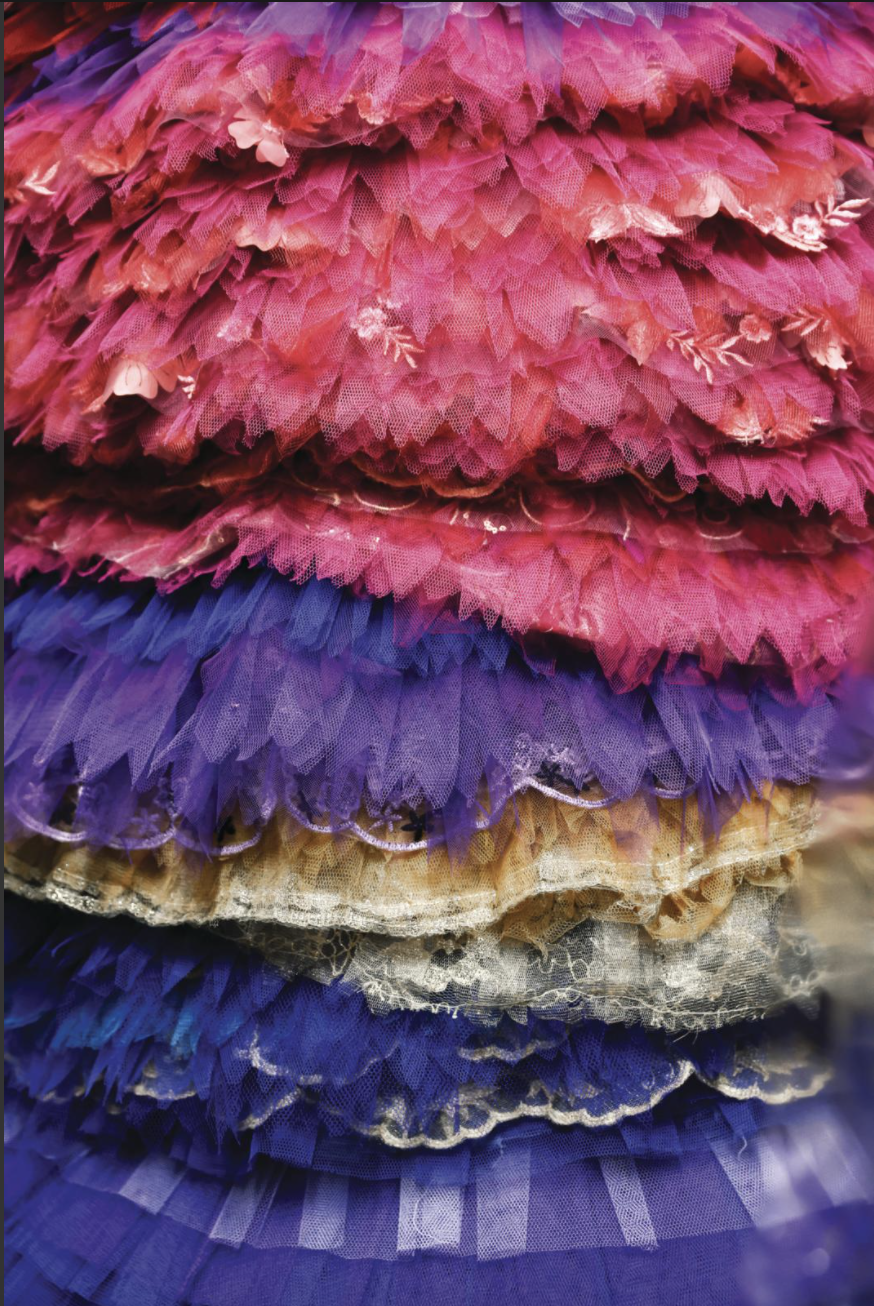Behind the myriad dazzling costumes in every Hong Kong Ballet production is Joanne Chong, the company’s fairy godmother who breathes new life into old dancewear
It usually takes a flawless fouetté en tournant or a highly synchronised pas de deux for the silence in a theatre to be broken by gasps of admiration from the audience. But in several recent productions by the Hong Kong Ballet, including Jewels last May, Romeo + Juliet last June and The Nutcracker last Christmas, the elaborate costumes for a moment stole the spotlight from the dancers, with audible oohs and aahs from the audience even before the dancers started to move.
Don't miss: Hong Kong Ballet's Artistic Director Septime Webre On Reimagining Shakespeare's Romeo & Juliet

In The Nutcracker, for instance, there seemed to be no end to the outfits, as dancers—wearing glittery snow fairy tutus, qipao-style nightgowns or dresses covered in butterflies, or sporting gigantic peony petals, cockatoos’ yellow crests or lush green and blue peacock feathers— transported the audience from the Cultural Centre to the Sugar Plum Fairy’s magical kingdom or glamorous 1920s Hong Kong. The final costume count: 240.






